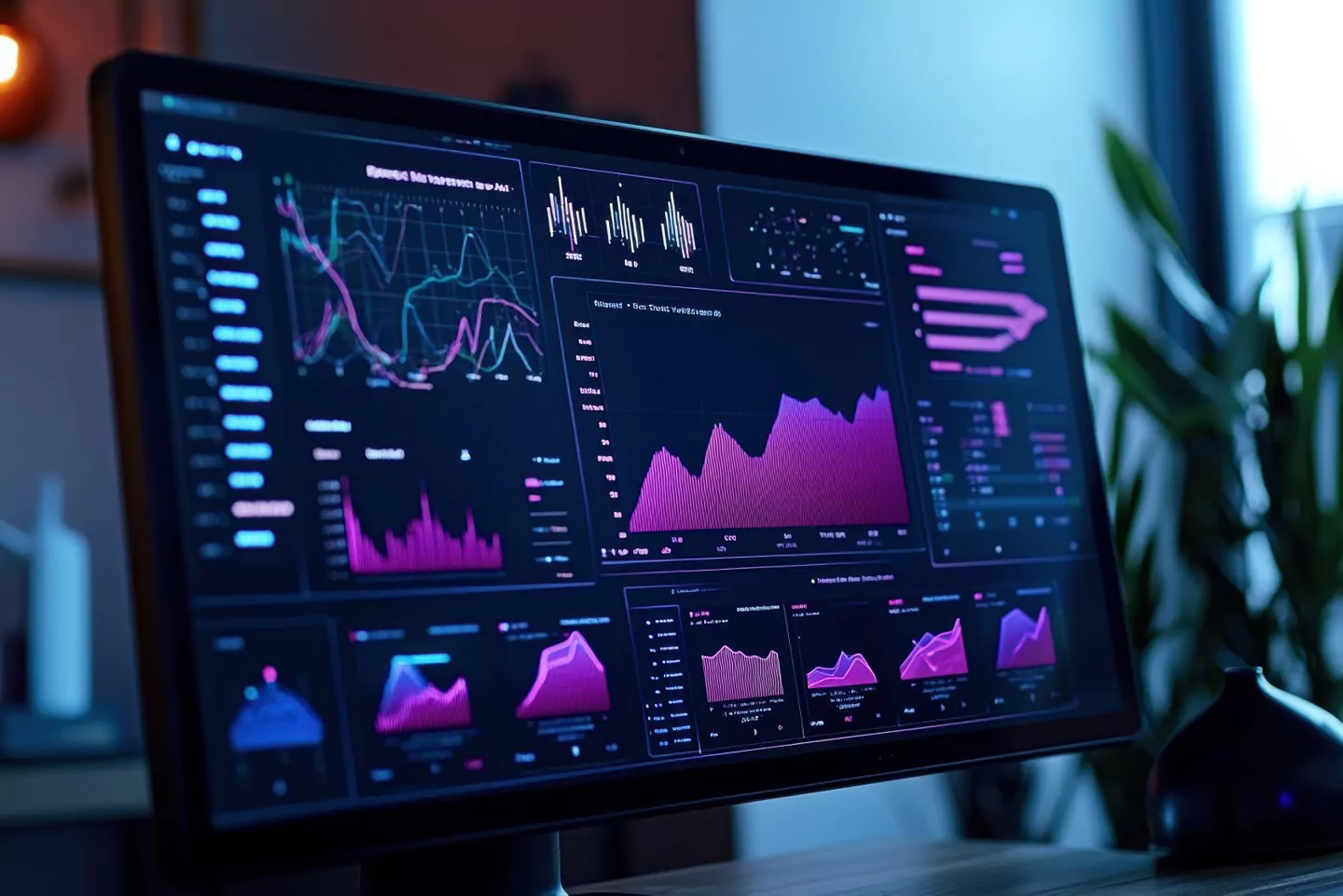What is a time series?
A time series is a series of data measured at regular time intervals, representing the evolution of a given phenomenon over time (e.g. weekly order volume, daily temperatures, etc.).
3 Opportunities Offered by Time Series Analysis
Opportunity n°1: Forecasting Future Variations
With time series analysis, companies can detect emerging trends in demand, and adapt accordingly.
For example, in the pharmaceutical industry, using time series analysis to analyze historical drug sales data can play a crucial role. By accurately anticipating drug demand, including peak demand volume and peak times (antibiotics during flu seasons, antihistamines during pollen season, etc.), the company can ensure efficient inventory management while responding to changing patient needs.
Time-series analysis not only allows us to take into account what has happened in the past, but also to adapt in real time to new data. If we take the example of antihistamine distribution during pollen season, time series analysis enables us to anticipate any upcoming volatility in demand, and adjust predictive estimates accordingly.
This forecasting capability allows a company to proactively manage inventory levels, avoid potentially dangerous stock-outs for patients, and optimize inventories of old/soon-to-expire drugs which could impact a company’s financials.
Although our example focuses specifically on the medical world, time series analysis can be used to anticipate trends for any dynamic phenomenon. Beyond service or product demand, a company could also anticipate trends in the number of incidents on a machine, platform subscriptions, human resource needs, delivery times, production costs, among countless other parameters.
Predictive capabilities which impact performance are an understated (yet crucial) aspect of time series analysis.
Discover how we can support you in your predictive modelling projects >
Opportunity n°2: Breaking Down Any Phenomena Into Discrete Elements
Beyond predictive analytics of each phenomenon, understanding the elements underlying its behavior can yield even more insights. By analyzing time series, we can break them down into 3 main components: trends, seasonality (and cycles), and random variations.
Let’s imagine the following scenario: A company manufacturing components from recycled materials notices a sharp rise in the number of quality incidents. After implementing a rigorous time series analysis, the company is able to break this situation down into several discrete elements. Firstly, irrespective of any seasonality, there is an overall increase in the number of quality incidents (trend), which could be linked to manufacturing bottlenecks stemming from the company’s strong recent growth. We can take this a step further to analyze any changes in quality incidents during the summer period (seasonality), and look at potential correlative behaviors of recycled materials in hot weather, impact of summer vacation absences on the workforce, etc. Finally, white noise (unpredictable random variations such a manufacturing plant fire) is identified. With the help of time series analysis, companies can not only anticipate the evolution of phenomena, but also gain an in-depth understanding of how they can adapt to these changes.
Opportunity n°3: Scenario Planning
When carrying out any time series analysis, it’s important to distinguish between factors that are directly linked to the business situation being analyzed (intrinsic) and other peripheral factors (extrinsic).
Extrinsic factors are those which are not directly integrated into the time series, but which can still affect our observed data, such as the weather, holiday vacations and one-off events: company communication campaigns, new legislation, health crises, etc.
Time series analysis allows us to consider both past and future extrinsic elements to better understand any phenomena, and model forward-looking simulations to help a company refine their strategy.
Companies can leverage this modeling to proactively prepare for upcoming conditions, rather than reactively respond to changes. For example, by simulating the impact of extrinsic factors (temporality, duration, frequency), such as heat waves or specific promotions, an ice-cream company can anticipate inventory adjustments, marketing campaigns, technical cooling/manufacturing logistics, and even plan its staffing requirements.
Limits of Time Series Analysis
Time series analysis is a powerful tool, but like any other tool in a company’s arsenal, it has its limitations. Its effectiveness is highly dependent on the quality of the data and the assumptions made.
Poor quality data (missing values, measurement errors) can compromise the validity of analyses, and hence it’s crucial to source high-fidelity data to allow for rapid decision making.
Time series analysis also assumes that past trends will be repeated in the future, which limits the modeling capability in the event of major paradigm shifts where historical data no longer reflects reality (such as a disease outbreak, sudden regulatory changes, etc.). In these situations, companies must adapt their models and use other analytical methods (in conjunction with time series analysis) to best navigate uncertainty.
In summary, time series analysis is a beacon in a fog of complexity, enabling companies to make informed, fact-based decisions and remain competitive in a dynamic, unpredictable environment. However, it is essential to recognize its limitations, particularly in terms of data quality and the relevance of assumptions in changing contexts.
By combining these techniques, any company faced with a convoluted situation can broaden its understanding, and discover new ways to use these complexities to their advantage. Alcimed is on the forefront of harnessing these predictive analytical models, and will gladly support you in making informed decisions impacting your company’s bottom line. Don’t hesitate to contact our team!
About the author,
Tanguy, Consultant and Data Scientist with Alcimed’s Healthcare team in France.



